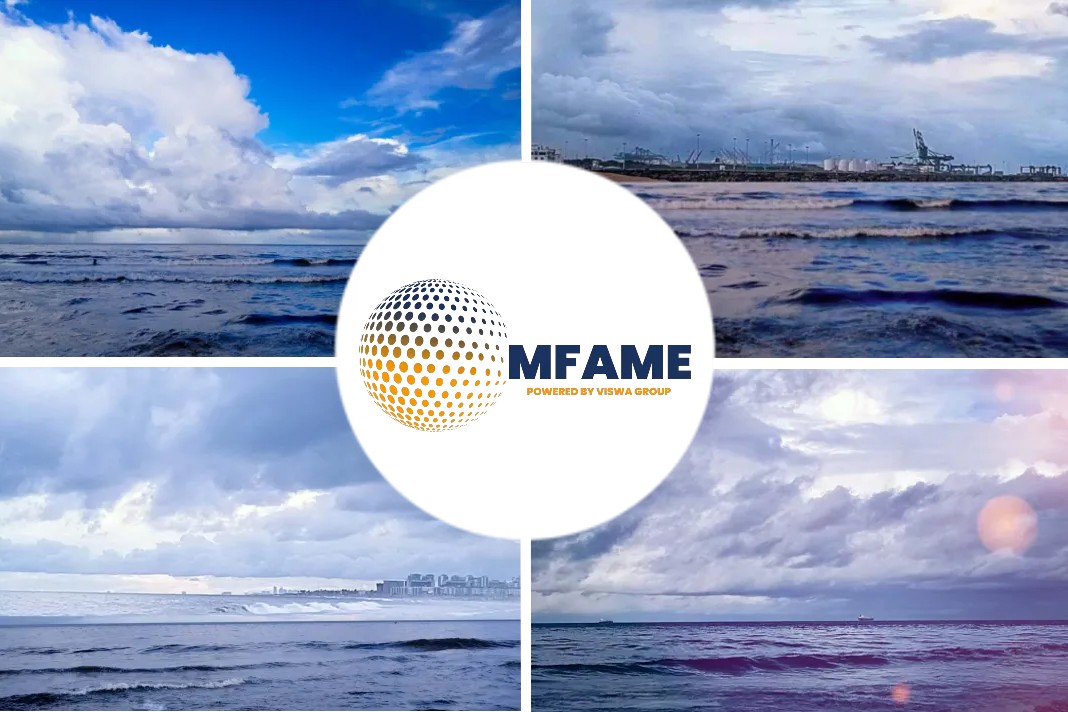Singapore’s total marine fuel sales jumped by a sharp 7.4% year on year, underpinned by strong HSFO demand, reflecting the continued rise in scrubbers installations by shipowners prompted by a favorable price differential between low and high sulfur fuel oil, says Platts.
June sales
The June sales demonstrated continued resilience in the world’s largest bunkering port despite the challenges posed by the global coronavirus pandemic as well as the uncertainty hurled by the volatility in oil prices.
High sulfur bunker fuel
Sales of high sulfur bunker fuel, which includes 180 CST, 380 CST and 500 CST bunker fuel grades, were up 31.9% on the year to 1.06 million mt and constituted 25.8% of total sales in June, latest data by the Maritime and Port Authority of Singapore showed.
Industry sources said that a slight tightness for the prompt delivery of HSFO bunkers was due to the uptick in demand, which has put some pressure on barge availability.
In addition, most shipowners purchase HSFO via term contracts to secure bunker supplies when calling at the port of Singapore, so these liftings also supported demand across the month of June, industry sources told S&P Global Platts.
Don’t write off HSFO
“Current spreads between marine fuel 0.5%S and HSFO make a better economic case for scrubber retrofits on Capesize, or VLCCs, where it takes around five years to breakeven with cost-savings,” a Singapore-based shipowner said.
Prior to the International Maritime Organization’s global low sulfur mandate, shipping companies had expected wider spreads, he added.
Based on Platts data, the spread between marine fuel 0.5%S and HSFO, both Singapore-delivered basis, averaged $116.76/mt across June, widening from $72.32/mt during the same period in 2020.
Scrubbers fitted vessels
As of January 2019, a total of 736 vessels had scrubbers fitted worldwide, according to data intelligence firm, Kpler. By the turn of 2020, the number had risen 426% to 3,135 vessels. The numbers continued to climb, and by January 2021, the total reached 4,355 vessels, it said. This number includes cruise, dry bulk, LNG, LPG, container and tanker vessels.
A Singapore-based trader said that demand for the HSFO bunker grade seems to be more dependent on vessel schedules at the port of Singapore than price movements, as shipping companies, which met their requirements on term contracts, would also be less exposed to market volatility, or supply constraints.
Imports and sales in June
HSFO imports
Asian countries’ HSFO imports, including intra-regional movements, averaged 6.1 mt per month in 2019 but fell 31% to 4.2 mt/month in 2020. This year, the imports have risen again to an average of 6.6 mt/month, the Kpler report added.
HSFO sales and LSFO sales
While June HSFO sales soared, Singapore’s LSFO sales volumes were also on an uptrend, albeit a slight one, due to increased scrubber adoption as well as rising competition from other ports.
According to the MPA data, LSFO sales in June stood at around 2.75 million mt, a rise of 3.5% year on year, as the IMO 2020 rule pushed shipowners to embrace cleaner fuels.
Singapore amid rising competition
The push to grow Zhoushan as a bunkering hub has pulled demand away from Singapore amid rising competition, impacting margins, industry sources said.
Throughout the first half of 2021, Zhoushan-delivered Marine Fuel 0.5%S was assessed at a discount of 3 cents/mt against Singapore-delivered prices of the same grade.
The spread gradually flipped into a discount compared with H1 2020 when it had averaged at a premium of $9.29/mt, and narrowed to a premium of $1.90/mt across H2 2020.
“Despite trading activity generally ranging between average to steady, demand for delivered Marine Fuel 0.5%S in Singapore could have performed better if not for the cheaper bunker prices at Zhoushan, which has wrestled substantial market share from Singapore,” a Singapore-based trader said recently.
Overall bunker sales
However, Singapore’s overall bunker sales, including LSFO, are expected to be supported due to the city port’s strategic location, strong infrastructure, sound bunkering standards, as well as the MPA’s strict enforcement of rules, industry sources said.
Bunker demand remains fairly healthy, especially from containers, and this is supporting demand for 0.5% sulfur fuel oil, the prevailing bunker fuel, they said.
“The market anticipates some tightness in LSFO inventories for the rest of July and in August, which drove up the premiums of the upstream physical cargo valuations,” a fuel oil analyst at a Singapore-based trading house said on July 21.
The premium for upstream Singapore marine fuel 0.5%S cargo over the Mean of Platts Singapore marine fuel 0.5%S assessments spiked to a near four-month high of $1.88/mt on July 14, before edging lower to be assessed at $1.33/mt on July 21, Platts data showed.
Did you subscribe to our daily newsletter?
It’s Free! Click here to Subscribe!
Source: Platts






















